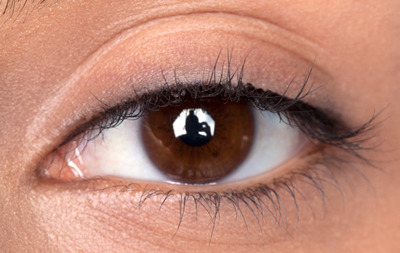When I first witnessed Bed I was studying in New York City and took a trip to the Museum of Modern Art in Manhattan. I was studying to be an art historian and this was my first time in New York. I was very attentive to every detail of the city and especially of its museums. As a student in Georgia, I had very little opportunity to interact with the work created by the famous artists I was studying. I knew that when I walked into MoMA, I would probably have a fit and jump for joy upon recognition of The Great Masters. What actually happened was quite different, yet infinitely more impactful.

I walked slowly past many paintings and sculptures, listening more to the clicking of my heels than my thoughts, until I reached Bed by Robert Rauschenberg. I knew of Rauschenberg, but I had never seen this piece before (I was just a wee undergrad). I began to fixate on the work: the strangeness of his inclusion of bedding and pillows as the surface upon which he painted, the obsessive, yet seeming randomness of his marks. For the first time, I felt time unravel before my eyes. I imagined Rauschenberg in my shoes over half a century earlier, looking at his work, constructing the combine, making decisions, or choosing not to make decisions as he endeavored to impose himself into his creation.
It was a spooky feeling; I almost lost my sense of self and felt submerged into a memory that wasn’t really my own. It was an expansion of my perception of space and time. I recognized the ability for artworks to be a recording of personality, of experience, of intent, and most importantly, of a particular moment in time.
This sense of transcending time was magnified by the fact that many of the materials in the work were ephemera related to the body and specifically, sleep. When we sleep, our minds shift and we enter another state of consciousness. Dreams overcome reality and we can go anywhere or be anything. It has always astounded me how dreams can feel like they go on forever, but when you wake, you realize you were asleep for only a few hours. This is one proof of the mind’s ability to subvert fixed perceptions of time and space.
Rauschenberg’s Bed recalls the dreamstate by using the bed as the setting where Art happens. This relationship between art and life was not lost in my unique encounter. I felt like the experience with the work was a sort of cognitive time capsule, where the thoughts and processes of Rauschenberg transfixed me more strongly in the present moment. My understanding of time became expanded and suddenly, the white room full of tourists and other works of art was not a gallery but, in a roundabout way, a document of the modern world.
Modern theories of history have attributed the sense of being and time to be like a constellation in the sky; with deeper and more vibrant illuminations, we can chart our course and understand a path toward a brighter future. The sincere belief that each moment is private and unique unto its own has been overridden by a present knowledge that each individual perspective is unique, but the human condition remains the same. Rauschenberg played with these same thoughts, going against the sincerity of Abstract Expressionists, like Jackson Pollock, who saw each work of art as a one-of-a-kind product of the artist’s subconscious, something ultimately unable to be replicated. Rauschenberg aggrandized the irony in this belief by positing his bed—the theater of the subconscious and something we all share—as the subject of his artwork.
These intermixed levels of irony were laid out to me in a singular moment as the ghosts of rituals past made themselves known. My individual circumstance and reception of the work became both the lock and the key to duplicating a sense of transcendental relationship between me, the artwork, Art, the artist, the artists whose art was displayed in the room, the people in the room, and the people of the world, who are all living documents of the continuum of space and time.
Sources Cited:
“Robert Rauschenberg Foundation.” Robert Rauschenberg Foundation. Accessed October 19, 2017. https://www.rauschenbergfoundation.org/.




